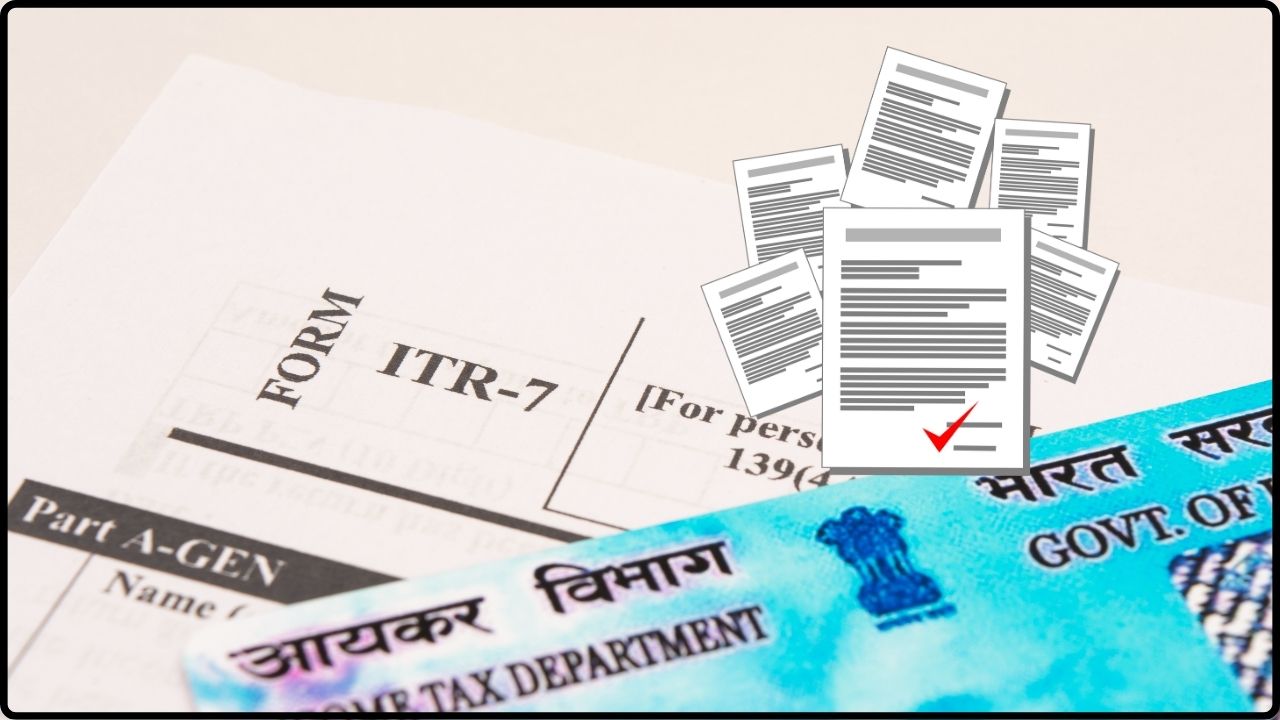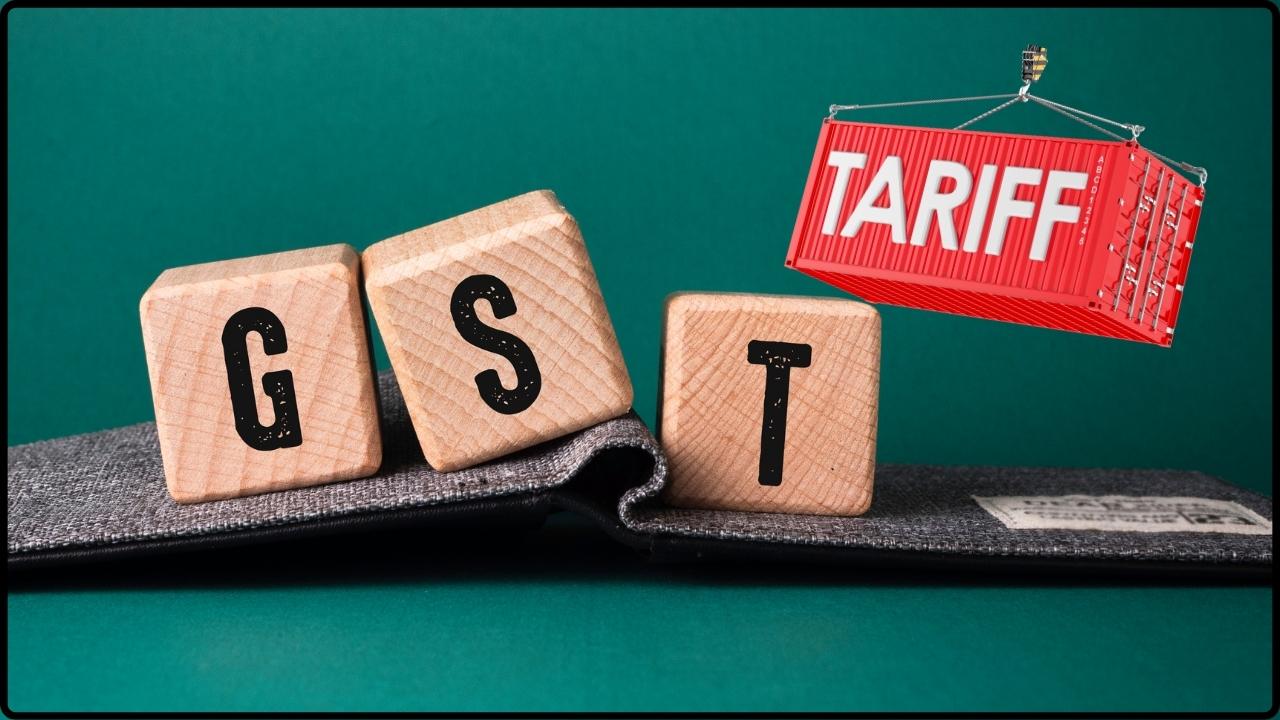
Multiplexes Demand Tax Cut: The Indian movie theater industry is making headlines, but this time it’s not about a new blockbuster. Instead, it’s about something behind the scenes that affects every movie lover’s wallet—taxes. The Multiplex Association of India (MAI) is urging the government to reduce the Goods and Services Tax (GST) on movie tickets priced up to ₹300, placing them in the 5% tax slab. Currently, tickets under ₹100 are taxed at 12%, and those above ₹100 are taxed at 18%. This tax structure has remained unchanged since 2018. However, a lot has happened since then: the pandemic, inflation, OTT streaming growth, and declining theater attendance. Now, the industry is asking: is it time for a change?
Multiplexes Demand Tax Cut
The Multiplex Association of India’s demand to move cinema tickets under ₹300 into the 5% GST slab could be a game-changer—not just for consumers, but for the entire entertainment industry. It’s a smart move to revive the box office, especially at a time when competition from streaming platforms is intense and family budgets are tight. With the GST Council meeting fast approaching, all eyes are on the government to make a call that could reshape how India watches its movies.
| Topic | Details |
|---|---|
| Current GST Slabs on Tickets | 12% for tickets up to ₹100, 18% above ₹100 |
| Proposed Change by MAI | Tickets up to ₹300 should fall under 5% GST |
| Potential Savings for Consumers | ₹20–₹40 per ticket; ₹160+ for a family of four |
| Why Now? | Post-COVID recovery, inflation, OTT competition, affordability concerns |
| Next Key Date | GST Council Meeting: September 3–4, 2025 |
| Stakeholders Involved | MAI, Finance Ministry, GST Council, I&B Ministry |
| Official Website for Updates | GST Council |
Why the Industry Wants the Tax Cut Now?
The movie industry isn’t just about entertainment—it’s a business that supports thousands of jobs and contributes heavily to the economy. But ever since COVID-19 struck in 2020, cinemas have struggled to bring audiences back. Even as life returns to normal, moviegoing has become less frequent for many families.
One big reason? Rising costs. Tickets, food, parking—it adds up. And for families trying to save, skipping a movie night has become common.
By placing tickets under ₹300 into the 5% GST slab, multiplexes believe they can:
- Make cinema outings more affordable for the average Indian
- Encourage people to return to theaters instead of staying home with OTT
- Support the growth of cinema screens in smaller towns and rural areas
This isn’t just about ticket prices. It’s about reviving the entire cinema ecosystem.
How Much Can Moviegoers Save?
Let’s say a movie ticket costs ₹300. Under the current 18% GST, you pay ₹354. If the new 5% GST rate is applied, the same ticket would cost ₹315.
That’s a ₹39 saving per ticket.
Now imagine a family of four going to see a movie together:
- Old cost: ₹1,416
- New cost: ₹1,260
- Total savings: ₹156
For frequent moviegoers or families, these savings can really add up. And it could make the difference between going to the theater or waiting for the movie to stream online.
MAI estimates that on average, consumers could save ₹20–₹40 per ticket depending on location and pricing. This could be a major motivator to bring audiences back into seats.
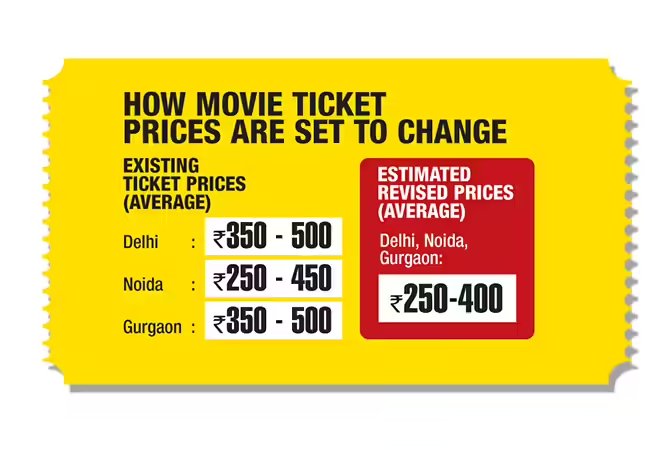
The Economics: Will It Hurt or Help the Government?
It’s natural to wonder: if taxes are reduced, won’t the government lose money?
Not necessarily.
Lower taxes on tickets might reduce the per-ticket revenue collected, but if more people start buying tickets, the total revenue may stay stable—or even increase.
This is called the volume effect. More volume of sales, even at a lower rate, can sometimes result in higher overall earnings.
Also, remember that the cinema industry contributes beyond tickets:
- Food & Beverage (F&B) sales
- Advertising
- Local employment
- Merchandising
When theaters are packed, other revenue streams rise. A vibrant cinema industry means more GST from those other sources too.
A Closer Look at the Numbers
India has around 9,000 cinema screens, compared to over 40,000 in the U.S. For a country with 1.4 billion people, that’s a huge gap. The industry believes that lowering GST will:
- Improve margins for smaller operators
- Encourage investment in new screens
- Increase job creation, especially in smaller towns
Each new screen employs between 15 to 20 people directly and supports many more indirectly—from food vendors to maintenance staff. So, the proposed tax cut could have a ripple effect across the economy.
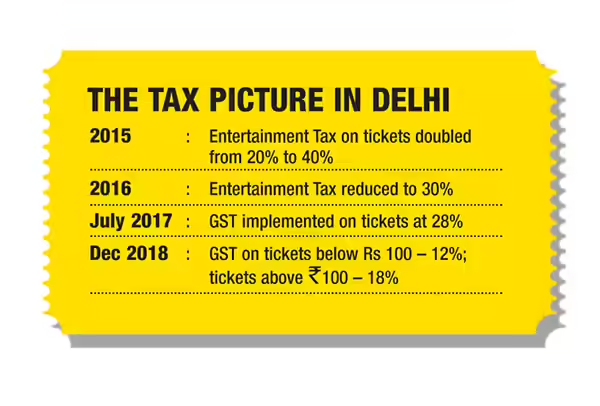
What the Industry Is Saying?
Key players in the industry are backing this proposal:
“Cinema isn’t a luxury—it’s a cultural experience. Reducing GST is a step toward inclusivity and industry revival.”
— Kamal Gianchandani, CEO, PVR Pictures
“We’re not asking for subsidies, just fair taxation in line with global norms.”
— Alok Tandon, CEO, INOX Leisure
“Lower taxes would mean more footfall, which means more jobs, more food sales, more screen expansion.”
— Anil Wanvari, Founder, Indiantelevision.com
A Global View: What Other Countries Do
Here’s how India stacks up against other nations:
| Country | Tax on Movie Tickets |
|---|---|
| USA | 0–8% (varies by state) |
| UK | 20% VAT (with certain rebates) |
| China | 6% VAT |
| India | 12% or 18% GST |
Clearly, India is among the higher-taxing nations for cinema, especially for low and mid-priced tickets. The MAI argues this is not in line with global best practices, especially for a country where cinema is a key part of cultural life.
Karnataka’s Ticket Cap: A State-Level Twist
While MAI is working at the national level through the GST Council, the Karnataka state government has taken its own approach. It recently proposed a cap of ₹200 (inclusive of taxes) on movie tickets across all theaters and seating categories.
This would:
- Eliminate premium pricing (e.g., balcony vs. front row)
- Standardize pricing across the state
- Challenge multiplexes to maintain profitability at a lower price point
However, critics say this could:
- Discourage investment in premium theaters
- Reduce screen expansion in the long run
- Lead to fewer high-budget releases in that market
The MAI prefers tax reforms over administrative price controls, which they believe are more sustainable and growth-oriented.
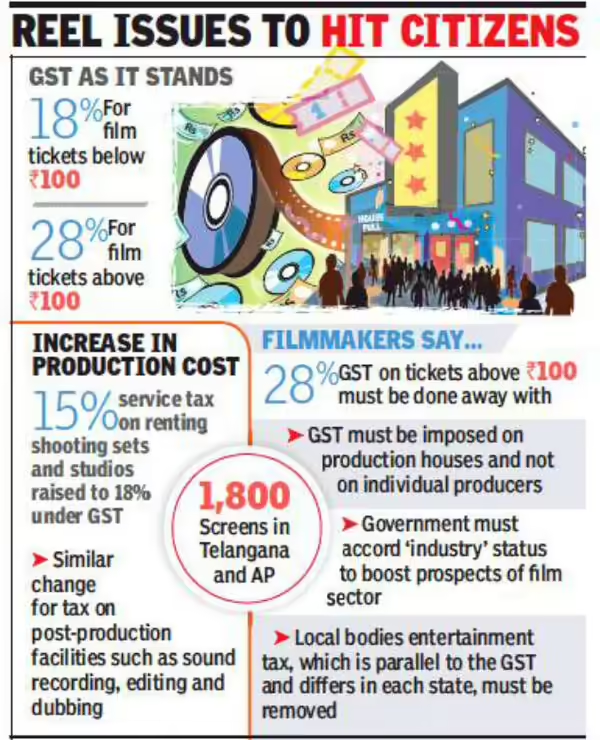
How the Multiplexes Demand Tax Cut Could Impact Stakeholders?
For Consumers
- More affordable ticket prices
- Better access to new films
- Increased footfalls may bring down prices on food and drinks too
For Theater Owners
- More revenue through higher footfall
- Encouragement to expand into new markets
- More consistent occupancy rates
For the Government
- Possible revenue increase from higher sales volume
- Positive public sentiment
- Revival of a major employment sector
For the Film Industry
- Better box office returns
- Encouragement for diverse content and regional films
- Longer theatrical windows before going to OTT
What to Expect in the Coming Months?
The GST Council’s 56th meeting is scheduled for September 3–4, 2025, and this issue is expected to be discussed in detail. Sources within the Finance Ministry suggest that GST rationalization is on the agenda, possibly reducing the number of slabs across the board.
The MAI has submitted detailed documents and data projections to both the Ministry of Finance and the Ministry of Information & Broadcasting to back its proposal.
If accepted, implementation could begin within the next fiscal quarter. However, industry experts say rollout might happen in phases to assess the financial impact.
Actionable Insights for Industry Professionals
1. Cinema Operators
- Prepare dynamic pricing strategies
- Invest in upgrading mid-size properties to match increased footfall
2. Film Distributors and Producers
- Plan release calendars based on GST changes
- Rethink distribution margins if ticket prices drop
3. Marketing Teams
- Use potential price drops in campaigns
- Create bundle offers with food and merchandise
4. Policy Advocates
- Use public feedback and media outreach to support the reform
- Monitor state-level actions like Karnataka’s price cap for policy comparisons
Big GST Cuts, But Who Really Benefits? Profiteering Worries Raise Red Flags
India Proposes Tax Cuts on Small Cars – Modi Reforms Send Auto Stocks Soaring
Big Tax Bill Update – Child Tax Credit Changes Every Family Should Know About




